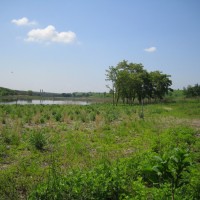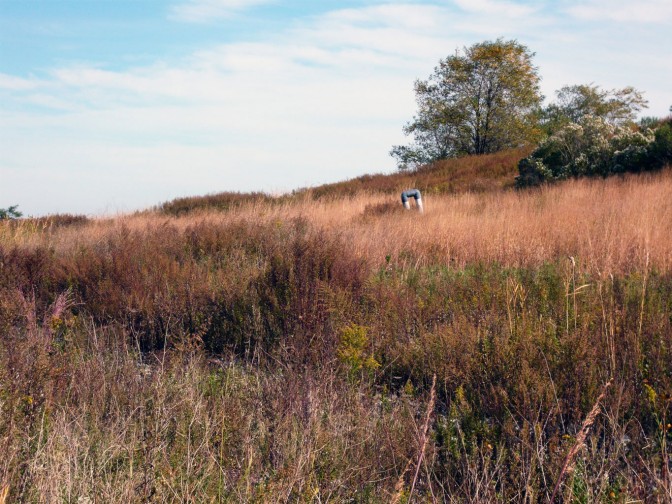From Behind the Mounds: Park Planning at the 18th Annual Green Horizons Conference
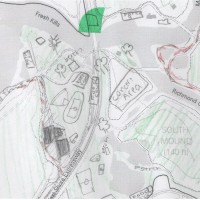
Late last month, Freshkills Park held a workshop at NYC’s Green Horizons Conference for Middle School students. Students and volunteers gathered on what began as a rainy, blustery day in nature to learn about different careers in Natural Resources and the Environment at Snug Harbor Cultural Center and Botanical Garden.
...MOREFarther Afield: A Closer Look at Regenerative Landscapes
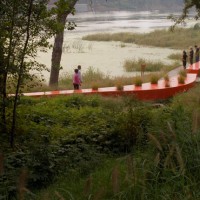
The massive transformation of what was once the world’s largest landfill into a 2,200-acre New York City Park is unique in many ways, but fits a typology of regenerative landscape design that has become a more common practice in response to shifts in global urbanization.
...MOREFrom Behind the Mounds: North Park Million Tree Plot
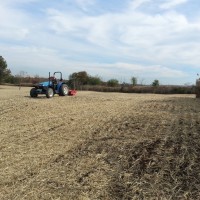
Million Trees NYC has recently seeded a four acre portion of North Park to provide vegetative support for the trees that will be planted in the spring. This newest joint project will plant 8,000 trees and restored over four acres with native plants.
...MOREFrom Behind the Mounds: Visitors from Addis Ababa
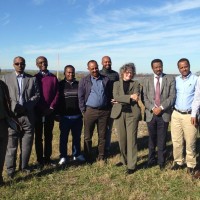
Last week, the Freshkills Park Team had the pleasure of meeting with a group of city officials and their consultants from Addis Ababa, Ethiopia. Addis Ababa’s Repi Solid Waste Disposal Site, a 40 year old open dump, has recently been closed and the City has installed a methane capture and flaring system.
...MOREFrom Behind the Mounds: Bald Eagle Spotted at North Mound
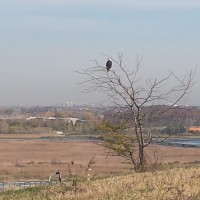
Freshkills Park has already seen a vigorous return of wildlife. White-tailed deer roam the grasslands, turtles nest in the salt marsh, osprey swoop over Main Creek, and muskrats leave tracks through the wetland. Now Freshkills Park can add another species to the list: bald eagle.
...MOREFrom Behind the Mounds: Progress on the New Springville Greenway
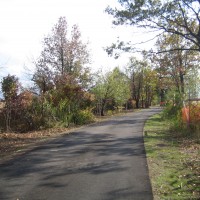
Landscape Architect Andrew Deer captured the autumnal foliage beautifully on a recent site visit to the New Springville Greenway, currently under construction. In his words, this bucolic setting transports one to a place far beyond a dozen feet from the busy Richmond Avenue once it opens for use by pedestrians and cyclists.
...MOREFrom Behind the Mounds: Meet Cait Field, Research Program Manager
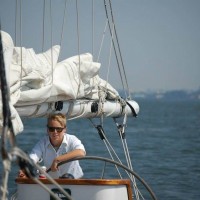
From commercially sailing NYC waterways to conducting doctoral research on South American weakly fish, Cait Field brings experience as a scientist, mariner and educator to her new job as the Freshkills Park Research Program Manager. Cait is currently completing a PhD in Neuroscience and Behavior at CUNY Graduate Center.
...MOREFrom Behind the Mounds: Aerial Balloon Mapping
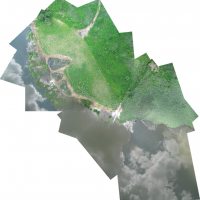
Last week, a New York Times article featured the work of one man, Eymund Diegel, and his hydrology studies of the Gowanus Canal. One of the tools he employed was aerial mapping using a helium-inflated balloon with a handheld camera attached.
...MOREFrom Behind the Mounds: Animal Grazing for Invasive Species
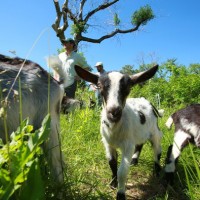
At Freshkills Park, conquering rapid growing invasive plants is no simple task. For a human it may be daunting manual labor, but for goats and sheep, it’s just lunchtime. Two years ago, Freshkills Park enlisted the assistance of goats with large appetites to clear a portion of phragmites on site.
...MOREFarther Afield: Singapore’s Farms, Towers and Open Water
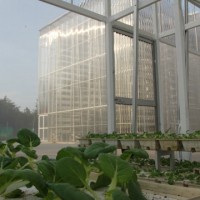
With a population of nearly 5.4 million people on less than 300 square miles of land, Singapore is the third densest country in the world. Once a part of Malaysia, it became an independent nation in 1965, and by doing so, the new island city-state began to increasingly rely on importing food to feed its people.
...MOREFrom Behind the Mounds: Walking the Line
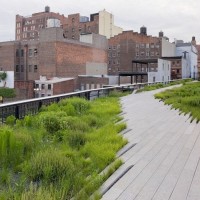
During a clear and comfortable late July morning, the staff of Freshkills Park was given a behind-the-scenes tour of one of Manhattan’s most popular destinations: The High Line. With Vice President of Park Operations Martin Nembhard and Director of Horticulture Tom Smarr as our guides, we were treated with a glimpse into their new office building as well as a detailed accounting of their landscape design and management strategies.
...MOREFrom Behind the Mounds: Long Term Planning with Planting
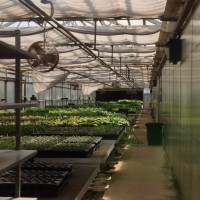
One hundred years ago, forested swamps and tidal wetlands characterized the site that is now becoming Freshkills Park. In 1947 Robert Moses changed all that by designating the spot to be used as a landfill. The original plan of three years of garbage tipping followed by urban development turned into something far more complex, resulting in Fresh Kills gaining the infamous title of world’s largest landfill.
...MOREFrom Behind the Mounds: A visit to the Harbor School

The Freshkills Park Team endeavors to keep up with innovative programming and research on NYC Waterways and recently took a ferry to Governor’s Island to visit the Harbor School, home of the Billion Oyster Project. The Harbor School provides a truly unique maritime program for high school students with a curriculum built around restoring one billion oysters to New York Harbor.
...MOREFarther Afield: Insect-based feed innovations
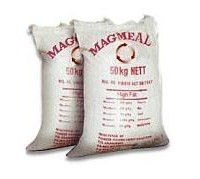
Think about bugs; now think about billions of insects concentrated in one facility. Some might get queasy at this thought; however, that is exactly what is happening at a new 90,000 square foot facility near South Africa’s Capetown. Typical production of protein requires a great deal of water, land and capital.
...MOREAllaboutbirds
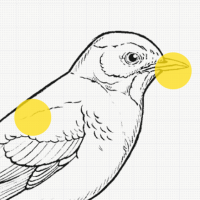
Allaboutbirds is our go-to online resource for bird identification and they’ve enhanced it with this great interactive feature!
...MORE
The Ultimate Guide to Bicycle Safety

Bicycling is not only a healthy recreational activity; it is a growing means of environmentally friendly transportation, especially in large and congested cities like New York. The New Springville Greenway at Freshkills Park, now under construction, is a project that supports bicycling as a hobby and as a viable way to get to work and school.
...MOREFather Afield: Blotting and the New Suburbanization in Cities

Many cities in the American Midwest and Northeast have seen a drastic decline in population over the past fifty years due to deindustrialization and the flight of jobs away from cities. This has left cities stuck with the bill of maintaining abandoned property, which is compounded by a smaller tax base in both property and sales to collect revenue for municipal financing.
...MOREFarther Afield: Managing Manila’s Waste
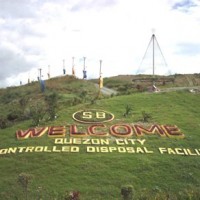
At more than 20 million people, metro Manila is the one of the densest places on earth with an average of 37,000 people per square mile. Quezon City sits within this sprawling megalopolis and is home to the Payatas Landfill, one of 13 sites that take in the area’s 11,000 tons of waste per day.
...MOREFarther Afield: Garbage, Big Business in the Big Apple
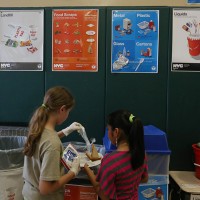
Garbage is big business in the Big Apple—nearly 2 billion dollars worth of the city’s budget goes to the Department of Sanitation (DOS); and of that: $300 million is spent just disposing of it elsewhere. Last year this amounted to a cost of $95 per ton, up 28% since 2004, far outpacing inflation.
...MORE
